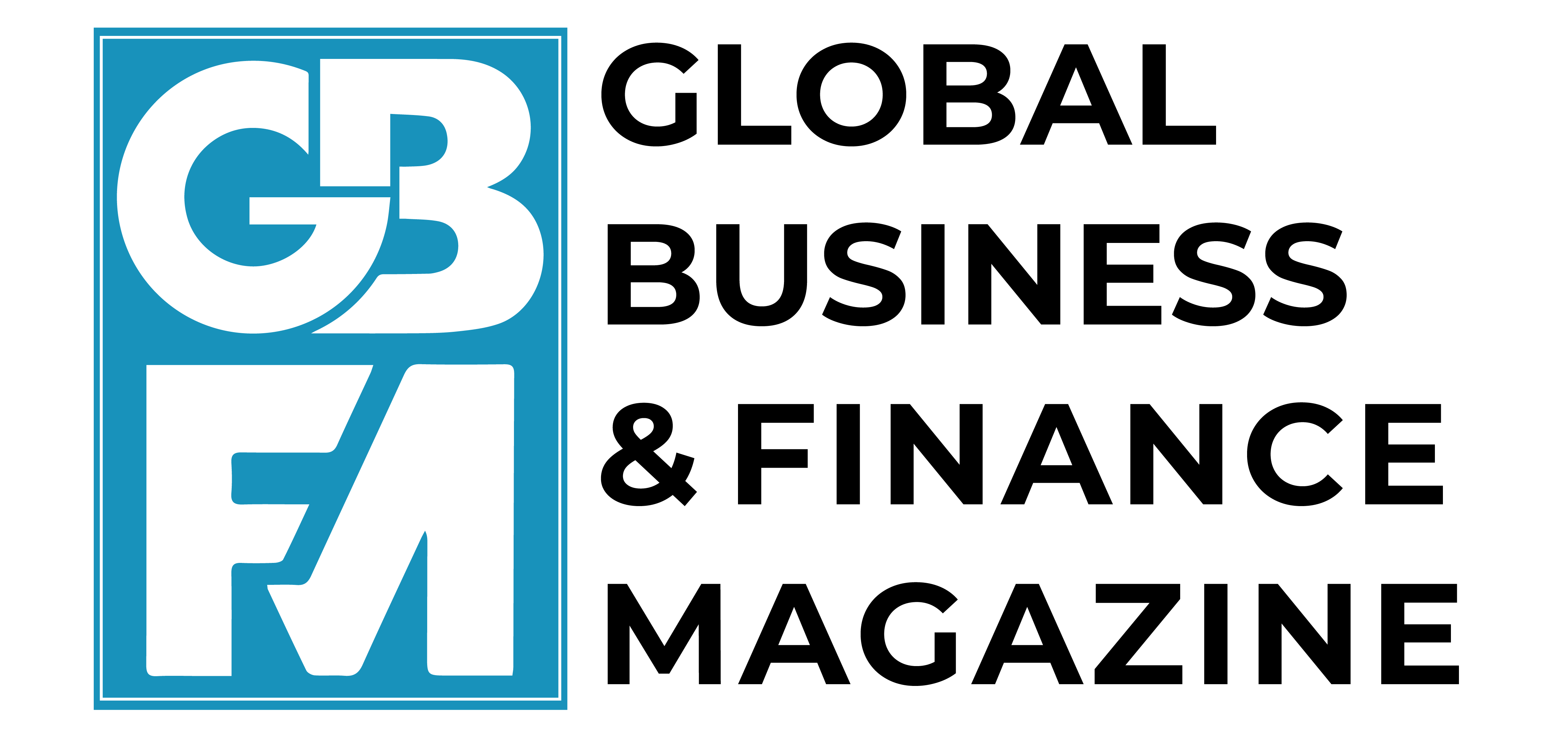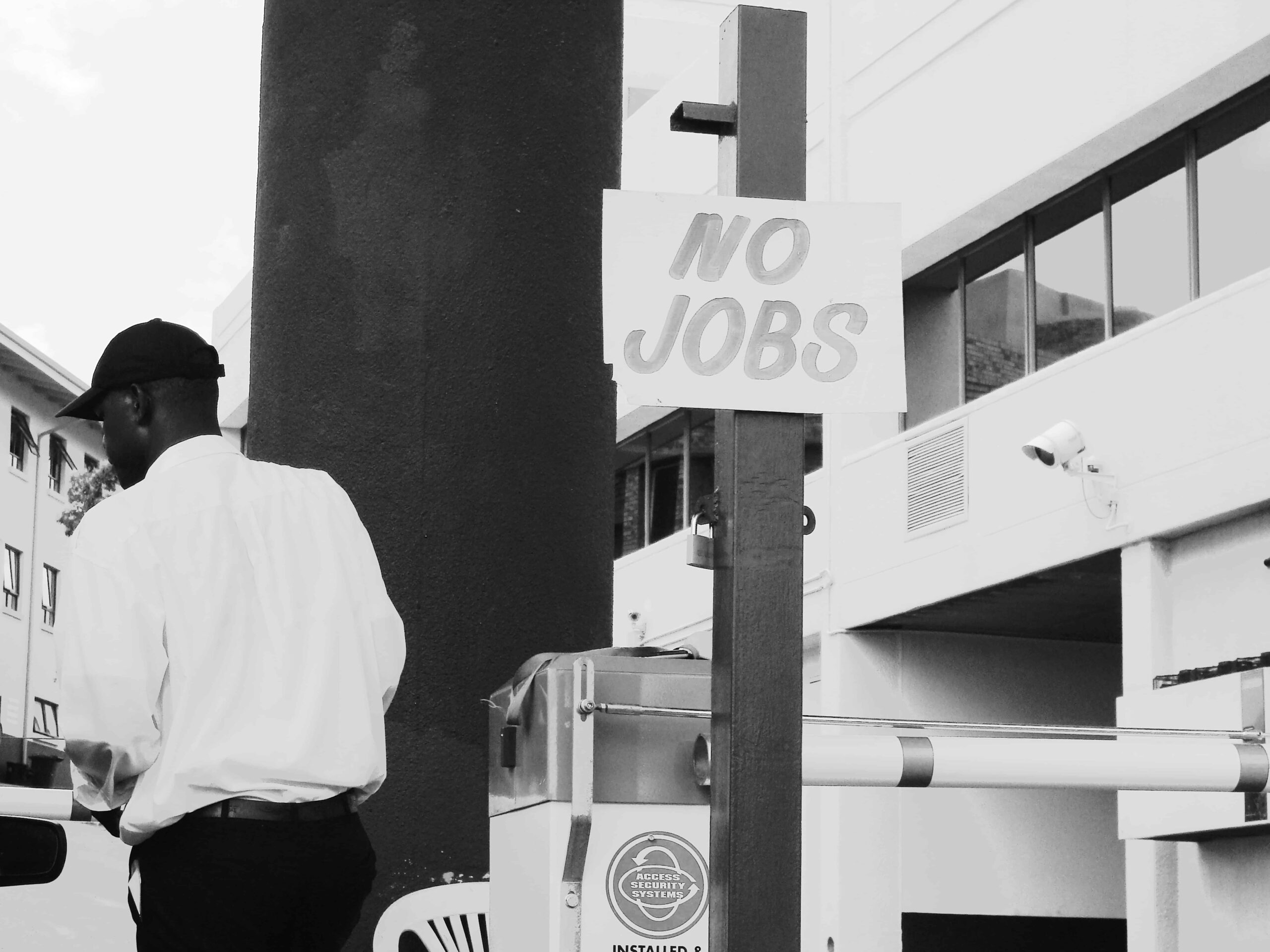Trade and other tensions between the European Union and China should not be allowed to derail joint work to cut emissions.
The COP30 United Nations Climate Change Conference in Belém, Brazil, in November 2025 , will convene at a moment when the Paris Agreement’s architecture is firmly in place but the politics to deliver it are faltering.
The United States has withdrawn from the Paris Agreement for a second time and has recommitted to fossil fuels. The direct emissions effect might be modest , but the credibility shock is systemic: if the US can walk away twice, why should others stretch beyond minimal commitments? Also, the US cutting or abandoning programmes of direct relevance to global climate cooperation, including slashing USAID climate aid and dropping support for the Green Climate Fund , threatens the structural integrity of global climate finance (Gabbatiss, 2025) and undermines trust in multilateral climate action.
President Donald Trump’s dismissal of climate change as the “greatest con job ever” has left the European Union and China as the global leaders on climate change, yet their nationally determined contributions (NDCs) – or emissions reductions pledges – so far fall short of leadership. China has pledged to cut its emissions by seven to 10 percent from peak levels by 2035, its first absolute reduction target. While symbolically important, the commitment has been criticised as insufficient , representing only a fraction of what is required to keep global warming within 1.5 degrees Celsius above pre-industrial levels. More concerningly, the EU has failed to agree on its NDC and has announced only a statement of intent outlining a 66.25 percent to 72.5 percent emissions reduction range by 2035, reflecting deep internal division . The ambiguity has been condemned for confusing investors and weakening the EU’s credibility as a leader.
This erosion of credibility has left both the EU and China under pressure to demonstrate that multilateralism on climate can still deliver results. Neither can lead alone, but together they can stabilise expectations and sustain progress in a fragmented system. China is both the world’s largest emitter and largest clean-tech manufacturer: a ‘climate hedger’ with a dual role that can shape global climate outcomes. The EU remains indispensable but cannot lead alone. As in 2017, the US withdrawal from the Paris Agreement opens up new diplomatic space for EU-China cooperation (Gurol and Starkmann, 2021), though under tighter geopolitical and economic constraints.
For the EU, the task is not to bypass other major powers but to pursue a new strategy of climate realpolitik fit for a fragmented international order: maintain regulatory strength at home, engage in selective cooperation with China abroad and build multilateral coalitions to raise global ambition.
China: a clean tech powerhouse but can it be a climate leader?
Since the signing of the Paris Agreement in 2015, China has been responsible for over 60 percent of the rise in global CO2 emissions (Figure 1), while US and EU emissions have declined. China now produces more than 30 percent of the annual global emissions total, more than all developed countries combined.
However, structural shifts in China’s economy and energy mix suggest a possible inflection point (Bettarelli et al, 2025). Emissions growth in China has declined sharply, from around nine percent annually in the 2000s to 0.7 percent year-on-year growth in 2024 (Agora, 2025). In the first quarter of 2025, China’s emissions might even have begun to decline, driven by a surge in renewable energy deployment and slowing industrial activity (Myllyvirta, 2025). In May 2025, China installed 93 gigawatts of solar capacity , four times more than in the same period in 2024 and more than any other country installed in the entire previous year. These gains were accelerated by a final push to meet provincial targets under the 14th Five-Year Plan. So, while some deceleration is expected because of grid bottlenecks and land availability constraints, the direction of travel seems clear .
But in parallel, coal still plays a dominant role in China’s electricity mix: in 2024, coal generated about 58 percent of China’s electricity . China’s Energy Law explicitly recognises coal as a “basic safeguard and system regulator” in the national energy system . Since 2015, China has added 294 gigawatts of operating coal power capacity (Figure 2), and today accounts for more than half of the world’s coal fleet and 70 percent of new global coal projects.
Source: Bruegel based on Global Coal Plant Tracker, Global Energy Monitor. Note: installed capacity by start year (GW); Paris Agreement signed in 2015.
This simultaneous expansion of renewables and coal reflects a deliberate policy approach, in which climate measures are explicitly designed to coordinate with economic development and social stability – a principle formally enshrined in the 14th Five-Year Plan (2021-2025; People’s Republic of China, 2021). Mounting domestic economic pressures, from a lower domestic demand to slowing GDP growth (García-Herrero, 2025), reinforce this dynamic by pushing Beijing to treat clean tech and energy security not merely as climate solutions, but as strategic responses to economic vulnerabilities that maintain industrial competitiveness.
This duality reflects China’s core narrative of ‘development-first climate responsibility’, and underpins its global climate diplomacy. Under the Belt and Road Initiative, China has been a major public backer of overseas fossil-fuel infrastructure. Of financing provided to coal power companies listed on the Global Coal Exit List, “65% of financing was provided by banks located in China” (Wang et al, 2024). However, China pledged in September 2021 to stop building new coal power plants abroad and has dramatically increased renewable energy engagement both in absolute terms ($9.7 billion in the first half of 2025 compared to $4.4 billion in the first half of 2024), and as a percentage of total energy funding (Wang, 2025).
China prefers bilateralism and South–South cooperation over formal multilateral commitments, showcasing soft power but avoiding systemic burden-sharing. As of late 2024 and early 2025, China had signed more than 50 climate cooperation agreements with 42 developing countries, from low-carbon demonstration zones, climate mitigation and adaptation projects and capacity-building workshops , to initiatives such as the Africa Solar Belt.
However, despite being the world’s second-largest economy, China continues to self-classify as a developing country under the UN Framework Convention on Climate Change. It has not contributed to the Green Climate Fund or the Loss and Damage Fund.
Together, these patterns (a dual approach domestically, selective bilateralism and continued self-identification as a developing country) underscore China’s strategy as a climate hedger: projecting leadership where interests align, while preserving flexibility on finance and responsibility.
Pathways forward
From the EU’s perspective China is simultaneously a partner, competitor and systemic rival (European Commission/HRVP, 2019). China and the EU are the world’s two largest clean tech markets and are influential players in global standard-setting for carbon markets, emissions tracking and sustainable finance. The challenge is to manage the rivalry while securing convergence on mutually beneficial outcomes. Given the general mistrust on both sides, cooperation must proceed through pragmatic, issue-specific channels that align economic incentives rather than rely on broad political declarations.
The most immediate barrier to EU-China climate cooperation is the collision between trade and climate policy. Trade tensions, such as EU duties on Chinese electric vehicles or Beijing doubling down on export restrictions on crucial battery materials, increasingly spill over into climate diplomacy. As China’s ambassador to the EU stated ahead of COP28, “climate cooperation does not happen in a vacuum”, cautioning against expecting unconditional collaboration in the context of broader diplomatic frictions. Instruments such as the EU’s carbon border adjustment mechanism (CBAM) – a levy on imports based on their carbon content – are particularly sensitive. While designed as a climate tool, CBAM is increasingly viewed as a protectionist tool by others.
This framing risks derailing dialogue in areas in which technical engagement remains both feasible and necessary. The risk is less about the intrinsic value of the instruments, and more about whether they are perceived as a barrier to building inclusive coalitions. To avoid this, the EU must prioritise diplomatic outreach to vulnerable states and emerging economies to align standards and commitments in ways that are also open to China. Such an approach would reinforce multilateral norms and create pathways for EU-China convergence, while avoiding the perception of a West-versus-the-rest attitude (Pisani-Ferry et al, 2025).
Issue-specific cooperation
Beyond managing friction, the EU and China can build trust through targeted, outcome-oriented cooperation in areas where their economic interests align. Existing platforms such as the Ministerial on Climate Action (MoCA) – a forum co-founded by the EU, China and Canada in 2017 to sustain political momentum on the Paris Agreement – and the High-Level Environment and Climate Dialogue (HECD) – established in 2020 and co-chaired by the EU climate commissioner and China’s climate envoy – already provide the necessary institutional infrastructure.
For instance, EU support for China’s national emissions trading system (ETS), ongoing since 2014, has helped improve monitoring and verification standards. As China expands ETS coverage, including to cement and steel in 2025, the EU should encourage technical convergence with EU ETS practices, not least to ease future compliance with CBAM. Methane reduction should also be a bilateral priority. Considering that China is not part of the Global Methane Pledge and that methane is responsible for around 14 percent of Chinese greenhouse-gas emissions , coordinated initiatives in coal mining, agriculture and waste management could generate rapid emissions reductions in sectors in which technology and expertise are readily transferable.
Advancing convergence on a green finance taxonomy
A deeper layer of cooperation could emerge in relation to green finance, since it is driven largely by investor needs rather than political signalling. The launch of the Common Ground Taxonomy (CGT) in 2021 has already established a framework for comparing EU and Chinese approaches to defining sustainable investments (IPSF, 2021).
The next step should be to enhance interoperability between the EU sustainable finance taxonomy and China’s green bond catalogue, enabling investors to allocate capital across both markets with reduced transaction costs. Joint development of biodiversity and social taxonomies would also broaden the scope of green finance standards, while harmonised disclosure rules could make cross-border investment flows more transparent. Such initiatives would help unlock larger pools of international capital for green projects through a gradual, technical convergence focused on interoperability rather than full harmonisation.
Use adaptation for cooperation with third countries
Finally, cooperation can extend to third countries through the promising but underutilised area of adaptation to the impacts of climate change. Both the EU and China are active providers of adaptation support: the EU through its development programmes and multilateral funds, and China through South–South cooperation framed as part of the Belt and Road Initiative.
The opportunity lies in aligning these efforts. Joint initiatives could include the co-financing of early warning systems in climate-vulnerable regions, the sharing of expertise on climate-resilient agriculture and water management, and coordination in multilateral adaptation frameworks to avoid duplication and maximise effectiveness.
Conclusion
China will not be Europe’s climate ally, but it will remain a necessary counterpart. The EU should work to ensure that rivalry still produces convergence on shared outcomes. That requires managing trade and climate tensions to preserve diplomatic space, advancing selective cooperation where economic interests align and deepening technical convergence in areas such as carbon markets and green finance. Extending this cooperation to adaptation and third-country engagement would demonstrate shared responsibility at a time of geopolitical fragmentation. COP30 will test whether Europe can turn managed rivalry with China into progress, or whether paralysis will prevail at the costliest possible moment.
Source : Bruegel





































































